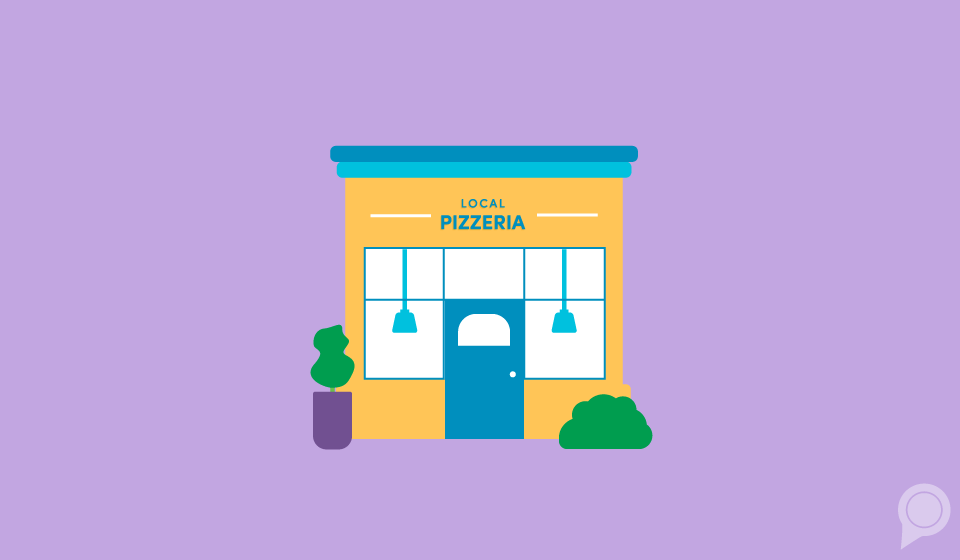

COVID-19 has greatly impacted the United States, but local, small businesses and their employees are being affected the most. To provide support, the Coronavirus Aid, Relief and Economic Security (CARES) Act was created to help keep small business workers employed during this time.
What exactly does the CARES Act entail, and what are the important details you need to know for your business? We’re here to break it down and answer some of the most common questions you may have.
Remember, every business is unique, so be sure to look into the specific details for your business. We highly recommend that you seek appropriate advice from your accountant, lawyer or financial advisor.

What Is the CARES Act?
CARES was enacted to address the economic disruption due to COVID-19. With this, over 350 billion dollars was allocated to help small businesses during this downturn.
The largest component is known as the Paycheck Protection Program, where small businesses are able to apply for a loan that is funded by the federal government to maintain payroll for employees during this pandemic.
If businesses continue to maintain payroll during or restore their payroll after the crisis subsides, these loans may be forgiven.
Do I Qualify?
While many small businesses are eligible for the Paycheck Protection Program, there are some stipulations that must be met, including:
You can view a more detailed list here.
It’s important to note that the threshold of 500 employees includes all workers – full-time, part-time and any other status with your company.

What Will Lenders Look For?
After you’ve determined if your business is eligible, there are a couple other aspects to consider. When applying for the loan, lenders are asked to consider if your business was in operation before February 15, 2020 as well as if you were paying employee salaries and payroll taxes.
Here are a few items that lenders will ask you about:
If you fall into the self-employed or sole proprietor category, lenders will also ask for specific documents, such as payroll tax filings or a 1099-MISC form. Check with your lender for specifics on what forms you need to provide.
There are also a few things that lender will NOT look for:
How Much Can I Borrow?
For the Paycheck Protection Program, business owners can take our loans up to 2.5 x the borrower’s average monthly payroll costs (cannot exceed $10 million).
While we can’t provide the specific number for your business, here is the basic calculation to help you determine your payroll costs:
Sum of included payroll costs – Sum of excluded payroll costs = Payroll costs

Can This Loan Be Forgiven?
We mentioned earlier that it’s possible that your loan can be forgiven! The business owner who borrowed funds can receive loan forgiveness on the following over the eight-week period starting from when the loan originated:
Keep in mind that the loan forgiveness cannot exceed the principal. Also, the loan forgiveness is reduced if the number of employees has decreased or a reduction of greater than 25 percent in wages paid to employees.
Final Thoughts
With the quick onset of COVID-19, many small businesses were afraid of what would happen to their business and employees.
Thanks to the CARES Act and the Paycheck Protection Program, many small businesses will be able to stay operational during this turbulent time.
As the days continue, remember to support your community! Whether it’s ordering takeout or sharing a post on social media, small businesses are truly the heart and soul of our community.
And if you’re a small business owner, be sure to stay calm and be patient. Help is on the way to support you!
If you have any questions or need guidance on your digital marketing, our team at RevLocal is always willing to lend a helping hand. Reach out to us on our Facebook page to start the conversation.
Subscribe to our email list to get the latest digital marketing content delivered to your inbox each week!